It’s a big day for USD and EUR, and slightly less so far GBP today. Let’s have a look at how the three are performing after events from Eurozone and UK.
From USD heatmap, it’s clear that the main trend is up as seen in the W and M row. Except that, USD cannot overwhelm CAD. D row, all in red, suggests some weakness today. But light red means it’s more in consolidation then reversal. This is affirmed by 4H row which shows US up against all but EUR and GBP. Hence, USD is in consolidation as we await ADP employment, FOMC, and ISM services and NFP later in the week.
EUR remains rather weak. Outlook versus Sterling is a bit mixed. 4H row shows EUR is recovering against others, but there is no follow through buying. While in-line with expectation GDP growth figure stabilized the selloff, there is no momentum for a solid rebound yet.
Comparing to EUR, GBP’s movement today is much more convincing. It’s up against all as seen in the D row. And strengthen at the moment remains strong too with 4H row all in deep blue. It’s still in decline for the month. And is in deep red against USD, JPY, CHF and CAD for the week. So, while the rebound is strong, it’s much more likely a correction than a reversal. But for counter trend strategies, GBP is a much better choice to bet on than EUR.




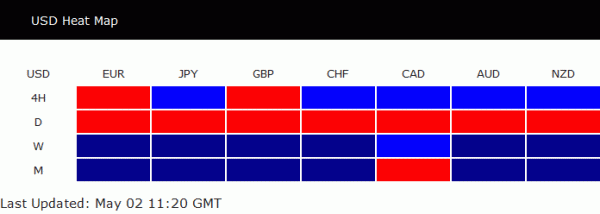
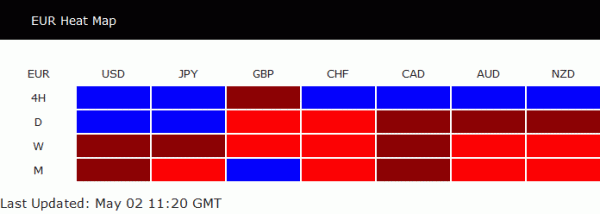
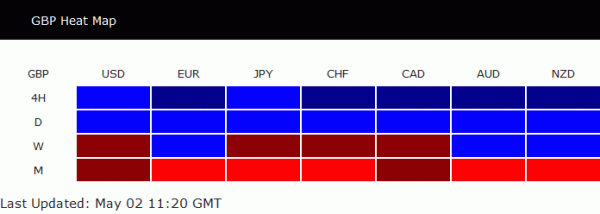
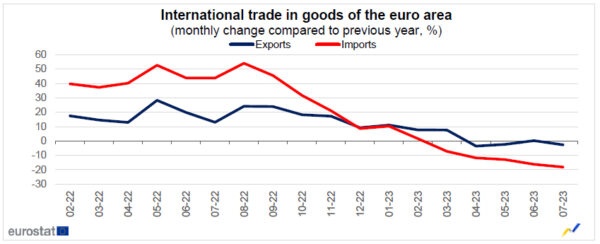
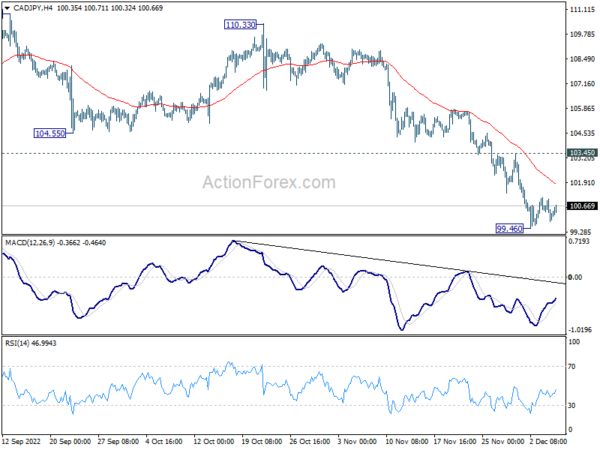
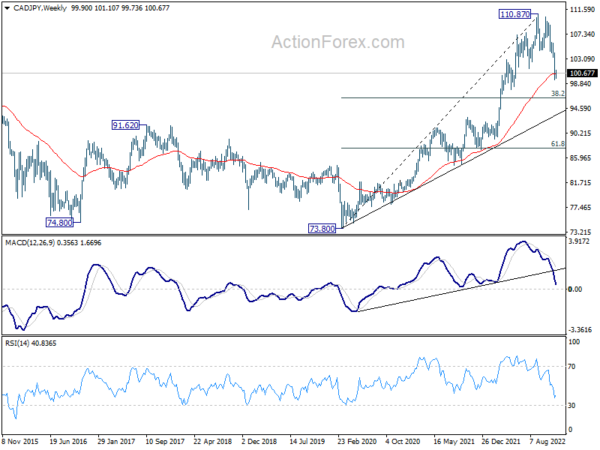
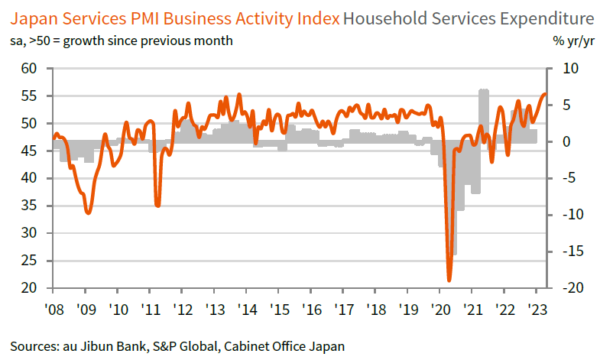
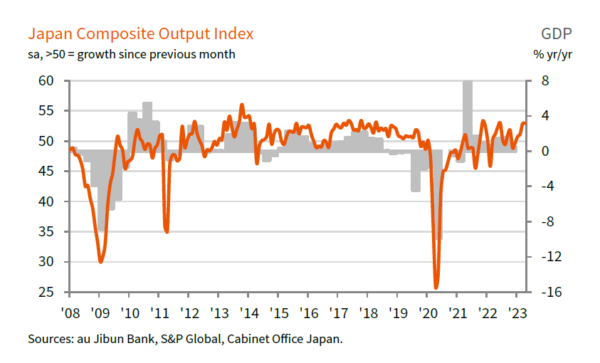
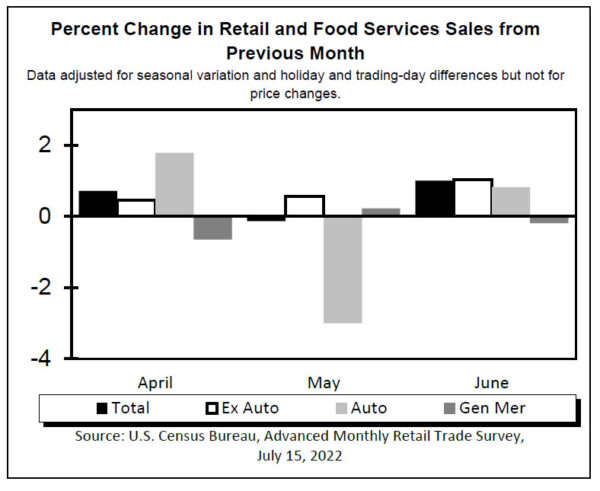
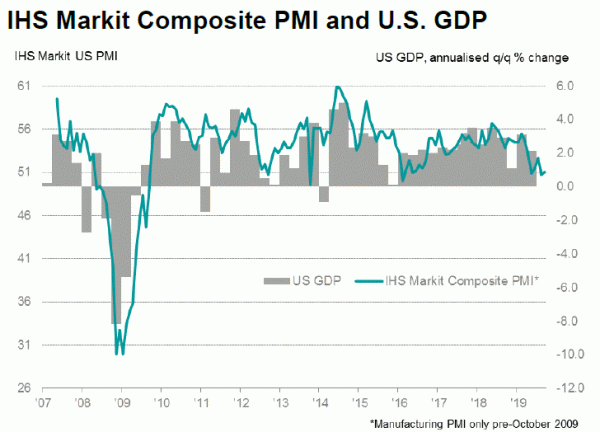
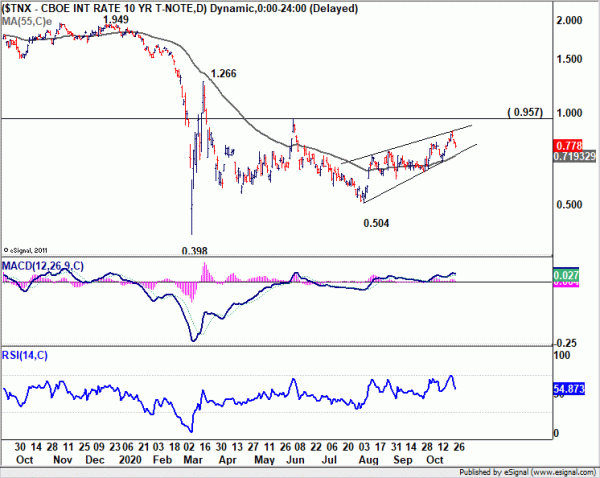


Eurozone CPI confirmed at 1.4%, core at 0.8%
Eurozone CPI was finalized at 1.4% yoy in March, unrevised, down from 1.5% yoy in February. Core CPI was finalized at 0.8% yoy, unchanged from February’s reading. EU28 inflation was confirmed at 1.6% yoy.
The highest contribution to the annual euro area inflation rate came from energy (+0.52 percentage points, pp), followed by services (+0.51 pp), food, alcohol & tobacco (+0.34 pp) and non-energy industrial goods (+0.04 pp).